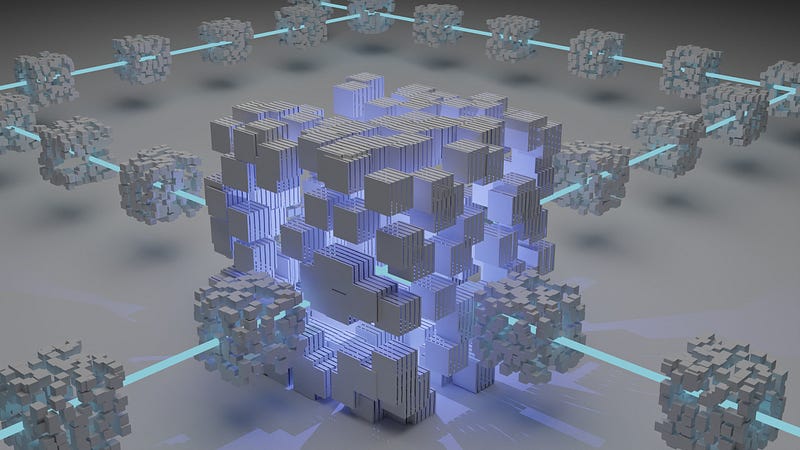Unlocking the Power of Blockchain: A Comprehensive Guide
Written on
Chapter 1: Understanding Blockchain
Welcome to the fascinating world of Blockchain, a term that has become synonymous with innovation in various sectors. Recently, Walmart achieved a remarkable feat by reducing food traceability from six days to just two seconds through the implementation of blockchain technology. This is just one example of how industries are leveraging blockchain for greater efficiency. But what exactly is blockchain? Is it merely a technological advancement, or does it signify a cultural shift in the way we conduct transactions?
Section 1.1: The Role of Intermediaries
To appreciate blockchain's potential, we must first examine the role of intermediaries. Institutions like banks and governments act as trusted third parties, facilitating transactions and maintaining order in commerce.
Example 1: Electronic Payments
When an individual or business makes an electronic payment, banks monitor and document the transaction. Each credit or debit card purchase involves multiple intermediaries—the seller and the banks of both the buyer and seller—who track and record these transactions in their respective private ledgers.
Example 2: Real Estate Transactions
Governments are responsible for documenting property ownership changes, ensuring clarity regarding land rights and sizes. Without these records, disputes and confusion would ensue, leading to potential chaos in property claims.
Section 1.2: Challenges of Traditional Systems
Current systems often introduce delays and hinder seamless business operations due to lengthy transaction processing times and regulatory hurdles. Here are some pressing issues:
- Centralized Authority: Most systems are governed by a central entity.
- Private Ledgers: Each institution maintains its own separate records.
- Vulnerability to Corruption: Reconciliation processes are susceptible to corruption and external hacking attempts.
Chapter 2: Life Without Intermediaries
Imagine a world where business transactions occur directly between parties—without banks, governments, or any intermediaries. What if technology could facilitate such interactions swiftly and securely?
Welcome to Blockchain!
Blockchain technology establishes a decentralized digital public ledger for transactions that is secure, anonymous, tamper-proof, and immutable.
Section 2.1: The Concept of Blockchain
In essence, think of blockchain as a novel database model. For instance, visualize it as a Google spreadsheet where all users can make updates, and once changes are made, they cannot be altered.
Benefits of Blockchain
Unlike traditional intermediaries, which manage private records, blockchain ensures public access to all information, enhancing transparency. It also reduces transaction costs by eliminating the need for intermediaries, thereby alleviating financial burdens on individuals and businesses. Hacking and fraud, which often plague centralized systems, become nearly impossible with blockchain technology.

Chapter 3: The Evolution of Blockchain
Today, blockchain is frequently compared to the internet two decades ago. The transformative potential of blockchain can be likened to the internet's introduction of decentralization and open-source principles.
Quote from Ginni Rometty, CEO of IBM:
“What the internet did for communications, blockchain will do for trusted transactions.”
Chapter 4: Key Features of Blockchain
Blockchain addresses the issues posed by intermediaries through several key features:
- Decentralized Control: Utilizing a peer-to-peer network structure.
- Public Ledgers: Each node operates its own public ledger detailing all transactions.
- Immutability: Data integrity is maintained within the distributed network, making hacking virtually impossible.
- Cryptographic Security: Advanced algorithms safeguard the information within the blockchain.

Conclusion: The Future of Blockchain
In summary, this article has explored the fundamentals of blockchain technology, its advantages over traditional systems, and its potential to transform various industries. Stay tuned for more in-depth discussions on this subject.
Thank you for reading! We welcome your feedback and look forward to sharing more insights soon.